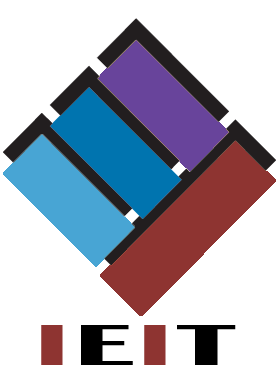| Title | Efficient Measuring of Readability to Improve Documents Accessibility for Arabic Language Learners |
| Publication Type | Journal Article |
| Year of Publication | 2021 |
| Authors | Bessou, S, Chenni, G |
| Journal | Journal of Digital Information Management |
| Volume | 19 |
| Issue | 3 |
| Start Page | 75 |
| Pagination | 75-82 |
| Date Published | 09/21 |
| Type of Article | Research |
| Abstract | This paper presents an approach based on supervised machine learning methods to build a classifier that can identify text complexity in order to present Arabic language learners with texts suitable to their levels. The approach is based on machine learning classification methods to discriminate between the different levels of difficulty in reading and understanding a text. Several models were trained on a large corpus mined from online Arabic websites and manually annotated. The model uses both Count and TF-IDF representations and applies five machine learning algorithms; Multinomial Naïve Bayes, Bernoulli Naïve Bayes, Logistic Regression, Support Vector Machine and Random Forest, using unigrams and bigrams features. With the goal of extracting the text complexity, the problem is usually addressed by formulating the ‘level identification’ as a classification task. Experimental results showed that n-gram features could be indicative of the reading level of a text and could substantially improve performance, and showed that SVM and Multinomial Naïve Bayes are the most accurate in predicting the complexity level. Best results were achieved using TF-IDF Vectors trained by a combination of word-based unigrams and bigrams with an overall accuracy of 87.14% over four classes of complexity. |
| URL | http://www.dline.info/download.php?sn=3326 |
| DOI | 10.6025/jdim/2021/19/3/75-82 |
| Refereed Designation | Refereed |

Collaborative Partner
Institute of Electronic and Information Technology (IEIT)




